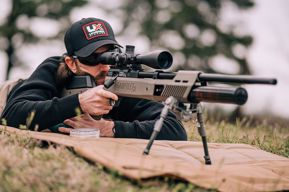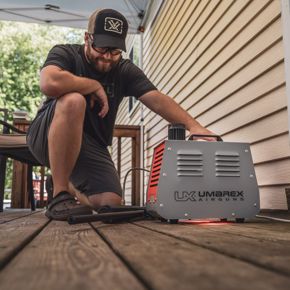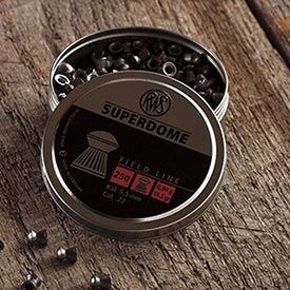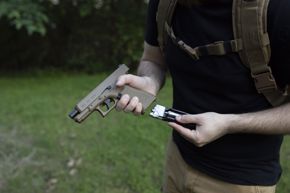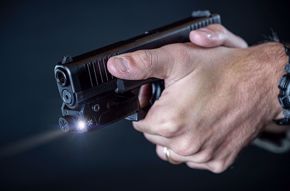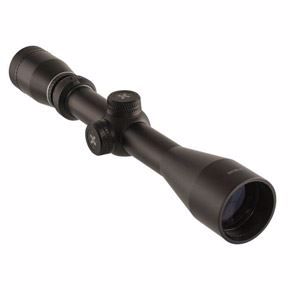The Walther P.38 is one of the most significant of all early 20th century handgun designs. Introduced by Carl Walther in 1938, it was the very first 9mm semiautomatic pistol with a double action/single action trigger.
Walther had a lot of experience building semiautomatic handguns have introduced its first semi-auto in 1908. The company’s continuing success with autoloaders throughout the 1920s and 1930s reached its pre-WWII zenith with the P.38.
Also known as the Pistole 38, in addition to its innovative trigger design, the new model featured a short open top slide, was equipped with a manual safety lever that also functioned as a decocking device, and introduced an integral loaded chamber indicator, something that is almost mandatory in semi-auto handgun design today. Perhaps the only backward element of the entire design was a traditional European magazine release located at the bottom rear of the backstrap, instead of the more Americanized magazine release button on the side of the frame. Interestingly, Walther had already used a frame-mounted magazine release on its groundbreaking PP and PP/K .32 ACP and .380 ACP models, introduced in 1929 and 1930. The P.38, being intended as a military pistol, relied on the older, more traditional magazine release.
Even before it was adopted as the sidearm of the German military in 1940, the new Walther 9mm was being imported and sold in the United States by A.F. Stoeger, which listed the new P.38 in its 1939 catalog for $75.
Hardly considered a rare gun today, production during WWII reached a staggering 1.4 million by 1945, including models made by Mauser and other wartime manufacturers (just as Colt Model 1911s were also built in the U.S during the war by Remington and other manufacturers to meet military demands). Today, the innovative P.38 is one of the most readily available classic military pistols in the world. Plus it was put back into production in 1950 at the Walther factory in Ulm, (in what was then West Germany).
Postwar P.38 models featured the same 5-inch barrel and 8-shot capacity magazine, along with a new alloy frame for lighter weight, (approximately 28 oz.) and an aluminum-frame variant of the P.38, called the P1, that served as a standard issue sidearm of the postwar Bundeswehr (West German Army). The alloy version is also the basis for the current Umarex Walther P.38 air pistol, which also uses an aluminum alloy frame.
Umarex Walther P.38 Range Test
The Umarex Walther P.38 is a blowback action BB pistol that fires up to 20 steel BBs from a stick magazine inserted into grip. While the CO2 is housed separately in the left side of the grip frame (by removing the left grip panel) the stick magazine looks right from the outside as it has a full size P.38 floorplate. The airgun’s all metal construction adds to the authentic look, weight and balance in the hand. Barrel length is slightly shorter (internally) at 4.75 inches, overall length of the gun is 8.5 inches and carry weight 30.5 ounces; very close to the original P.38’s weight of 33.5 ounces. For Walther collectors having an airgun that is almost indistinguishable from a 9mm original has a lot of appeal. And Umarex has done a first class job of giving the P.38 a deep polish and gloss blue black finish contrasted by brown plastic grips, which are complete with a proper lanyard loop on the left panel. (Original guns can be found with brown or black grips). It has the correct front and rear sight design, left side slide release, the correct trigger design, thumb safety (but not decocker) and takedown lever. Yes, the airgun even disassembles similarly to the 9mm pistol, although there is no reason to do so, and can be problematic to reassemble because of the blowback action’s internal design. Umarex only recommends removing the barrel (but not the slide like on a 9mm model).
I am showing the Umarex P.38 alongside an original P.38 for comparison, and the attention to detail given by Umarex makes this a great addition to any collection. And of course, it fits all original and reproduction P.38 holsters. I tried the Umarex P.38 in two authentic WWII-era holsters made today by World War Supply. The patterns they use are identical to the originals and the holsters even have the correct model stampings on the back. And like the Umarex P.38, the holsters are very reasonably priced.
As for loading and shooting the P.38 airgun, that’s a different world from the 9mm P.38. With blowback action semi-autos, accuracy is generally at point of aim from a distance of 7-yards (21 feet); beyond that, groups tend to open up but you can still be punching paper at 10 meters or more. At 7-yards my average 10 shot groups measured 1.20 inches with a best five at 0.75 inches and a total of 20 shots inside 1.95 inches. All shots were fired offhand using a two-handed hold.
The P.38 is rated at a maximum velocity of 400 fps. Trigger pull is crisp with an average weight of 8 lbs. 14 oz. and there is just a little stacking at the end of the two-stage trigger pull. A 9mm P.38 single action trigger pull averages 8 lbs. 2 oz. so the air pistol in right in the ballpark. It is important to know, however, that the double action trigger on the airgun it isn’t really a double action, you have to rack the slide to chamber the first BB and in so doing you cock the hammer. Every subsequent shot with the blowback action, which re-cocks the hammer, is fired single action. Even if you de-cock the gun manually, the trigger won’t work until the hammer is cocked; it’s the biggest departure from the 9mm model’s design. Aside from the trigger operation, the .177 caliber P.38 air pistol is as close as you can get to an original postwar alloy frame Walther model.
By Dennis Adler


